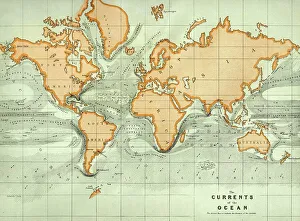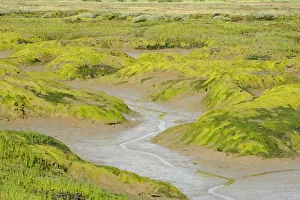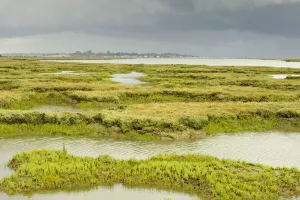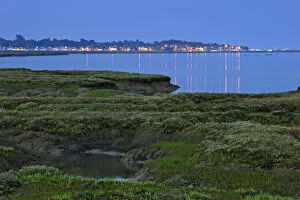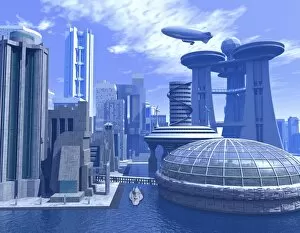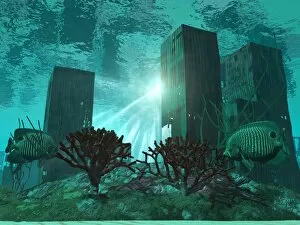Sea Levels Collection
Sea levels have long been a subject of fascination and concern, as evidenced by a 19th-century chart depicting ocean currents
All Professionally Made to Order for Quick Shipping
Sea levels have long been a subject of fascination and concern, as evidenced by a 19th-century chart depicting ocean currents. Today, the impact of climate change on sea levels is becoming increasingly evident, with places like Tuvalu facing the imminent threat of submersion. However, amidst these challenges, there is hope for regeneration and resilience. The sight of common glasswort thriving in regenerated saltmarsh habitats reminds us of nature's ability to adapt and recover. Abbots Hall Farm Nature Reserve offers a breathtaking view of this rejuvenated saltmarsh landscape during high tide. As twilight sets in, the lights of Bradwell-on-Sea shimmer in the background, creating an ethereal ambiance that highlights both the beauty and vulnerability of coastal ecosystems. Tuvalu serves as a stark reminder that climate change is not just an abstract concept but a pressing reality. The repeated mention emphasizes the urgency we face in addressing this global crisis before it further threatens vulnerable nations like Tuvalu. Understanding sea levels requires acknowledging their historical patterns while also recognizing how human activities are altering them today. By taking action against climate change now, we can ensure a sustainable future where coastlines remain intact and communities thrive.

